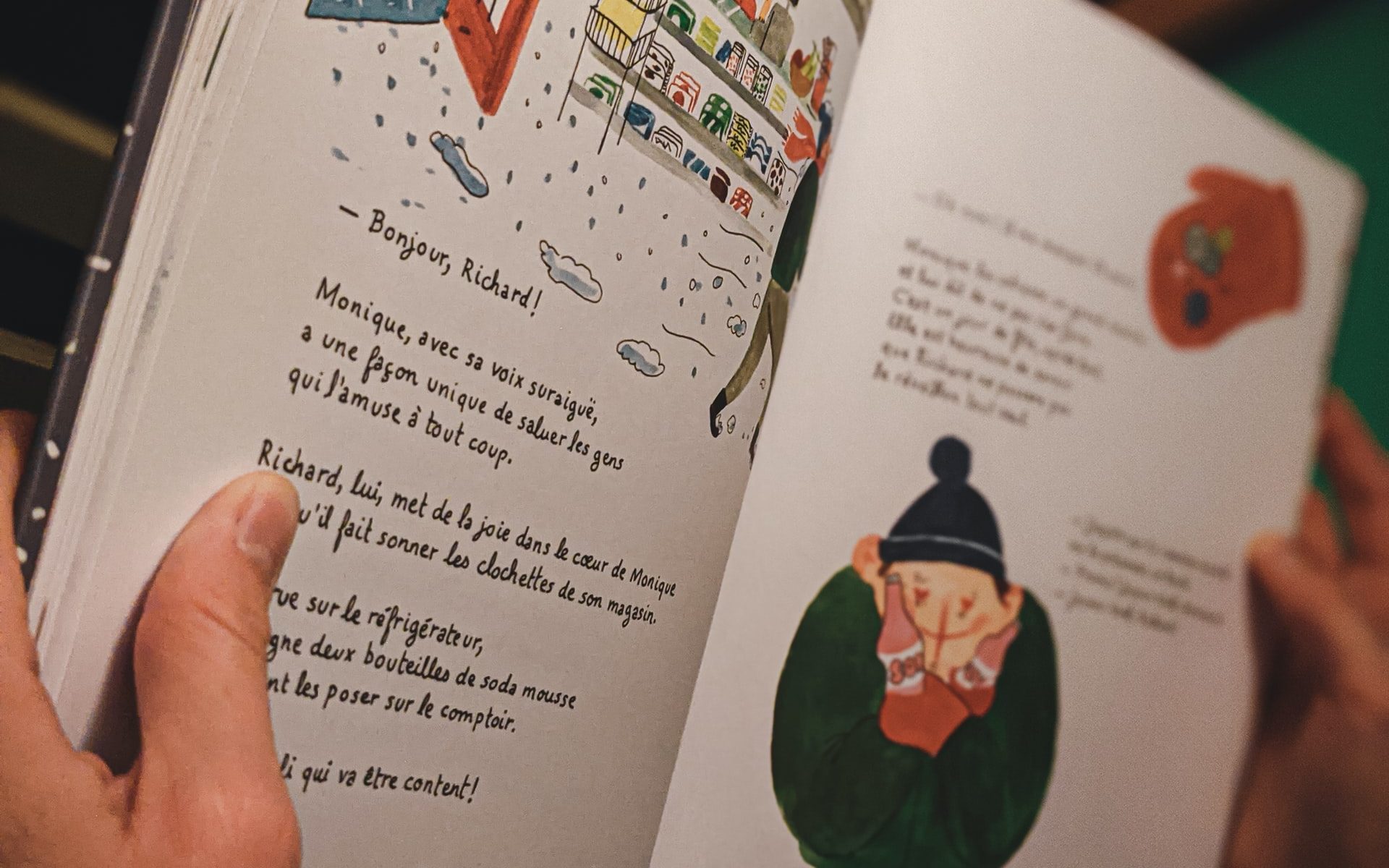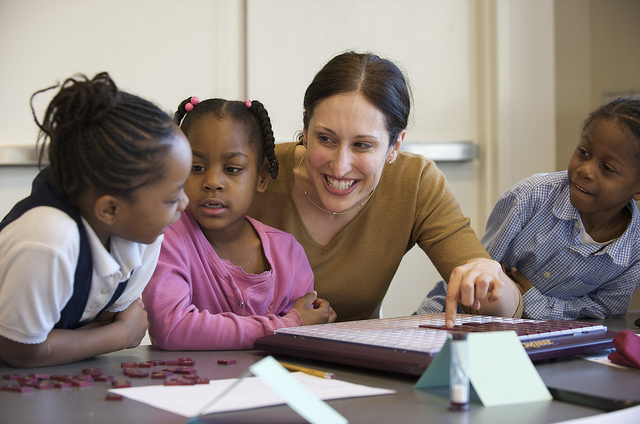To get your child in the habit of reading, you will need to set your home up so that your child is encouraged to read.
Your home needs to reflect a reading environment, with plenty of the right reading materials within your child’s reach and with designated reading areas. This desire to read needs to extend to you, as well. Your child needs to witness you partaking in the pleasure of reading, and there is a good chance that they will mimic your actions.
Here is a handy checklist to ensure that your house features all of the necessary aspects to develop your child into an avid bookworm and a confident reader.
The Essentials: What You Need To Have At Home
Your child requires:
- Between 10 and 50 picture books.
- A selection of rhyming books (e.g., Each Peach Pear Plum, The Gruffalo, etc.).
- At least one A.B.C. book (e.g., LMNO Peas, Dr. Seuss’s A.B.C., etc.).
- Magnetized alphabet pieces.
- Plenty of writing materials (e.g., pencils, crayons, paper, etc.).
- Level tablespace that is comfortable to their height.
- A comfortable seat.
- Access to a computer.
- Reading, writing, and alphabet games readily available on the computer.
What You Need To Do: Reflect a Confident Reader
You – or another grown-up in the house – need to:
- Make regular visits to the library with your child.
- Speak in complete sentences to your child/encourage your child to answer in complete sentences.
- Rehearse nursery rhymes with your child regularly.
- Explain things in an informative manner.
- Create a ‘word of the day’ that you will regularly fit into conversation with your child.
- Read books – picture books, rhyming books, etc. – regularly with your child.
- Read books yourself – demonstrate that you are an avid reader.
- Read magazines and newspapers.
What You Need To Become
- A prolific reader
- A talker with a wide vocabulary
- A role model with a thirst for reading
Regular Things To Practice With Your Child
- Saying their name and getting them to repeat it
- Saying new words and getting them to repeat them
- Going through the alphabet
- Reading complicated words
- Writing out words and getting them to copy them
- Writing out names and getting them to copy them
- Going over sounds that letters make (i.e., M makes an mmm sound)
Concluding Thoughts
If you checked off 20 – 27 of the above points, your home environment dramatically encourages your child to read.
If you checked off 13 – 19 of the above points, your home environment sufficiently encourages your child to read.
If you checked off 6 – 12 of the above points, your home environment encourages reading to a certain extent.
If you checked off between 0 – 5 of the above points, you need to try harder to create an encouraging reading environment.










